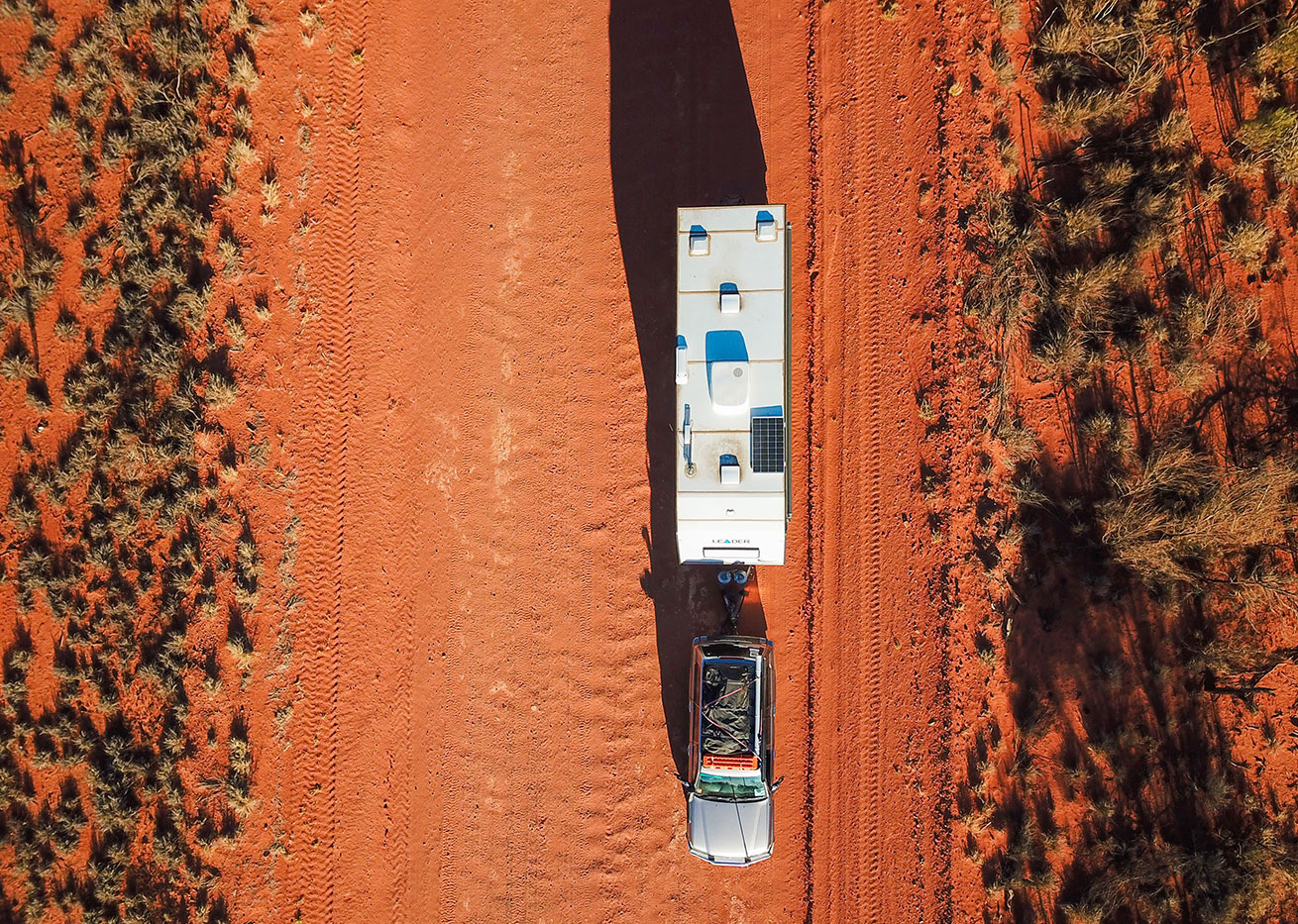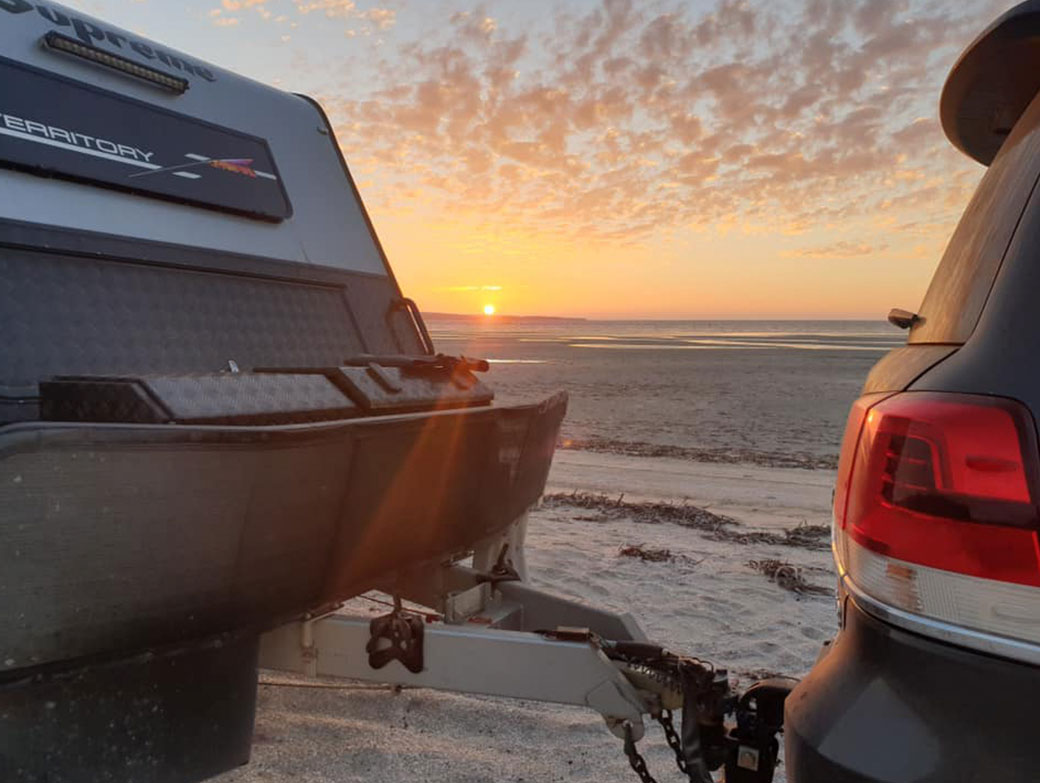Caravan Towing Capacity
One of the most common questions we’re asked by customers is whether their vehicle will be able to tow the caravan they’re purchasing. This is a tough question to answer as there are so many variables. This guide sheds some light on caravan towing capacity and common terminology.
Why is your choice of tow vehicle so important?
Some vehicles are stronger than others. Cars that have been overloaded with trailers or caravans are at a much higher risk of being involved in an accident. Too much weight can also lead to damage of either your tow vehicle or your caravan – or potentially both. To ensure that you reach your destination in one piece and damage-free, it’s essential that you’re aware of your vehicle’s gross combined mass, or GCM.
What is the GCM?
This is the maximum combined weight of your car and caravan together. Most people assume that the GCM is simply your vehicle’s gross vehicle mass (GVM) added to its towing capacity (the maximum weight of the caravan it’s allowed to tow).
This is not always so, as the towing capacity specified is not always realistic. Once you’ve subtracted the towing capacity, there may be very little weight leftover for the GVM; in these cases, it is better to choose a caravan that falls well under your vehicle’s maximum towing capacity so that you have more weight leftover to cover the van’s ball weight as well as the car’s tare and payload.

What is the GVM?
This is the maximum that a vehicle is allowed to weigh at any given time. The suspension, rims and tyres have all been designed to handle the specified GVM, so exceeding this can be dangerous. Subtracting the tare/kerb weight of the car from the GVM tells us how much payload it can legally carry. The payload includes the weight of the occupants, any extra equipment and the ball weight of the caravan. The latter is something that many people do not realise, so they accidentally overload the vehicle beyond its legal limit.
What is the towing capacity?
In Australia, the un-braked towing capacity of a vehicle is legally always capped at 750kg. Depending on its chassis and the power of the engine, a vehicle’s braked towing capacity can vary anywhere from 2300kg up to 3500kg. Whilst some American manufactured trucks (such as a Ford F250) can tow up to 4500kg, they are less common here.
The aggregate trailer mass (ATM) of your chosen caravan cannot exceed the specified towing capacity. The ATM is the maximum weight of the loaded caravan when it’s carrying the maximum allowed payload (the total combined weight of all items loaded into the van – water, fuel, food, clothes, annexes, etc).

What is the ball weight?
This is the weight at the caravan’s tow ball or coupling (basically, where it attaches to your vehicle). It’s important to note that the ball weight specified by the manufacturer is when the van is empty – the weight can increase or decrease depending on how you’ve loaded the van. The maximum allowed ball weight is usually either 10% of the ATM or 350kg, whichever is lower. For stable travel, it’s generally recommended that the ball weight be around 8 to 12% of the caravan’s weight.
At the end of the day, the smaller the caravan you have chosen, the wider the range of vehicles that will be able to tow it. Generally speaking, the maximum towing capacity for most vehicles is as follows (please check your car’s handbook for specifics related to your model):
- 4-cylinder cars (with 2L engines or more) can tow between 1000kg and 1200kg;
- 6-cylinder and V8 vehicles can comfortably tow up to 1700kg;
- Medium to large SUVs can tow up to 2500kg; and
- Only heavyweight trucks (such as a Landcruiser or Ford F250) can tow 3000kg or more.
The team at Australian Caravan Centre highly recommends visiting your nearest weighbridge before embarking on a caravan holiday to double check that your van (loaded with full water tanks, all your packed gear, etc) doesn’t exceed your vehicle’s towing capacity.